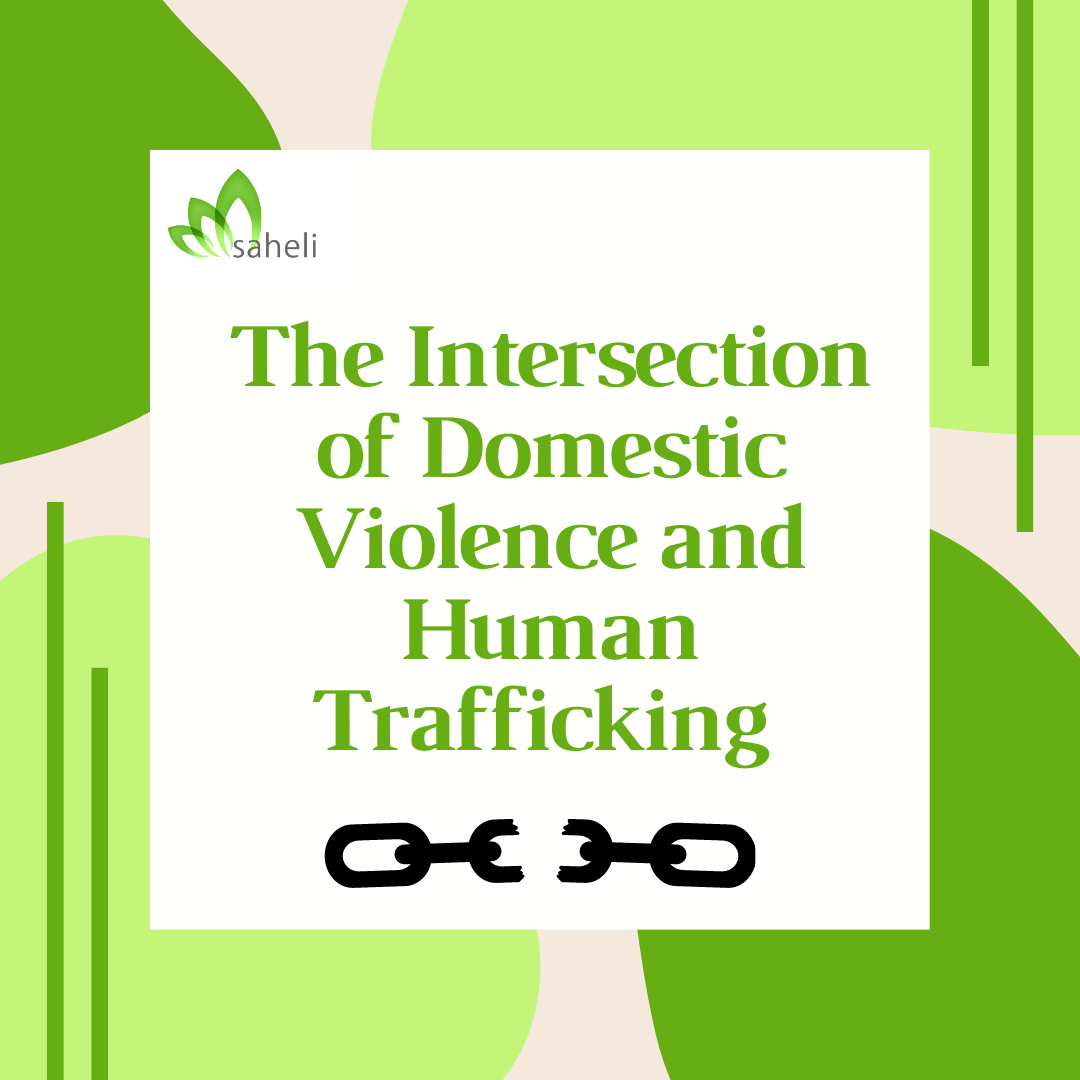Advocates have long discerned the overlap between domestic violence and human trafficking. Research has shown that it is not uncommon that domestic violence can occur alongside human trafficking and vice versa. Similar tactics are used by both abusers and traffickers to assert power and control over their survivors.
Human Trafficking and Intimate Partner Violence
Similar to domestic violence survivors, human trafficking survivors are often trafficked by those familiar or close to them including family members, boyfriends, husbands, or romantic partners. The Sex Workers Project conducted a study on the trafficking of Mexican individuals to the US. They found that 69% of trafficked persons met their trafficker through a family member, friend, or neighbor, and 8% were trafficked by a family member. Also, domestic violence and human trafficking survivors suffer from similar abuses including:
- Physical
- Mental
- Sexual
- Spiritual
- Technological
Isolation and restricted movement are also used by abusers and traffickers to assert control over survivors. They alter an individual’s reality to the point in which a survivor feels like he or she has nowhere or no one to turn to. In doing so, they feel dependent on their abusers and are vulnerable to their abuses.
Also, abusers typically threaten the abused with immigration or legal consequences. Therefore, immigrant trafficking and domestic violence survivors suffer from even greater challenges in leaving their violent situations including language barriers, fear or distrust of law enforcement and institutions, lack of awareness of rights and laws, fear of deportation, and lack of cultural context.
Intimate partner trafficking occurs when an abuser forces their partner to engage in involuntary servitude, commercial sex, or forced labor. The different forms in which domestic violence and human trafficking intersect are explained in greater detail below:
- Involuntary servitude in marriage: where a trafficker compels their spouse into forced labor such as domestic work, working at family businesses, or sex work through the use of physical, sexual, or legal abuse.
- Sexual economies: where survivors are forced into sex trafficking by traffickers who lure them in with promises of romantic relationships and marriage. As mentioned, it is common that traffickers are boyfriends, husbands, or intimate partners to the survivor. Continued patterns of domestic violence are used to control or convince a survivor to engage in selling sex.
- Other forced labor: where survivors are trafficked by other family members (besides intimate partners) into forced labor such as domestic work, janitorial work, etc.
A Way Forward
It is important to understand the ways in which domestic violence and human trafficking are intricately intertwined. Limiting an individual as either domestic violence or a human trafficking survivor prevents them from receiving all the resources and legal reparations available to them.
Domestic violence organizations are well-positioned to aid trafficking survivors in their recovery. By leveraging their frameworks, advocates can help trafficking survivors find housing, medical and legal services, mental and trauma-based services, confidentiality, and culturally-competent programs and resources.
Sources
Bessell, Sarah, “Fact Sheet: Human Trafficking and Domestic Violence,” The Human
Trafficking Legal Center; 2018, https://www.htlegalcenter.org/wp-content/uploads/Human-Trafficking-and-Domestic-Violence-Fact-Sheet.pdf.
“Human Trafficking and Domestic Violence .” Freedom Network USA, Apr. 2015, freedomnetworkusa.org/app/uploads/2016/12/HT-and-Domestic-Violence.pdf.
Nasr, Firas. “Where the Crossroads of Abuse Meet: Domestic Violence and Trafficking.” Human Trafficking Search, Firas Nasr, 11 July 2020, humantraffickingsearch.org/where-the-crossroads-of-abuse-meet-domestic-violence-and-trafficking/.
“The Intersections of Domestic Violence and Human Trafficking.” NNEDV, 10 Nov. 2017, nnedv.org/latest_update/intersections-domestic-violence-human-trafficking/.



